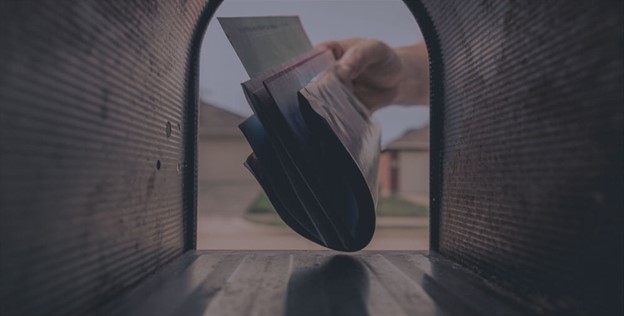You can find some of the most sensitive information in the mail: your name, address, contact information, bank account and routing numbers on mailed checks, financial statements, and so on. Despite this vulnerability, unlocked mailboxes and easily-opened paper envelopes leave mail especially susceptible to theft.
Using the information contained in your mail, criminals can piece together the information needed to steal your identity. Ensure the security of your mail by taking steps to prevent identity theft.
- Update Your Addresses
Make sure that you change your address with the post office and that your mail is forwarded to your new address when you move. Otherwise, your unread mail could pile up in an old mailbox or get opened by the wrong person.
You should ensure that all the businesses you work with – including financial institutions, utility companies, credit card companies and more – have your current address. Next time you pay your bills or check your accounts online, it’s a good idea to run through this exercise.
- Lock Your Mailbox
A locked mailbox is one of the best ways to prevent others from accessing your mail.
You can also rent a P.O. box from your local post office for a monthly fee. P.O. boxes are locked and secured within the post office. You can access some of them 24/7 and they keep your home address private.
- Shred Your Mail
Don’t throw away unwanted mail because it can be taken and used for identity theft. Shred anything that contains personal information with a paper shredder. Even though paper shredders are affordable, you can hand shred your documents if you don’t want to buy one.
Check out our tips on how to protect your paper documents from identity theft.
- Secure Your Outgoing Mail
Your incoming mail isn’t the only thing at risk of identity theft. Outgoing mail can also be stolen and used for fraud, especially if you’re mailing a paper check with bank and routing information or a paper application containing personal information. Consider taking your outgoing mail directly to the post office, using a post office mailbox, or handing it directly to your mail carrier.
- Go Paperless
Switch to paperless mail whenever possible. Companies typically allow you to switch to paperless bills and monthly statements and may even give you a discount for doing so. Cutting down on paper helps reduce clutter and eliminates the possibility of mail fraud.
Is your personal information on the dark web? Make sure your identity isn’t at risk!

